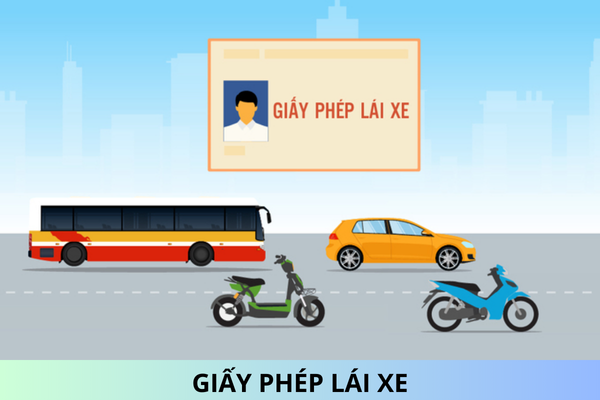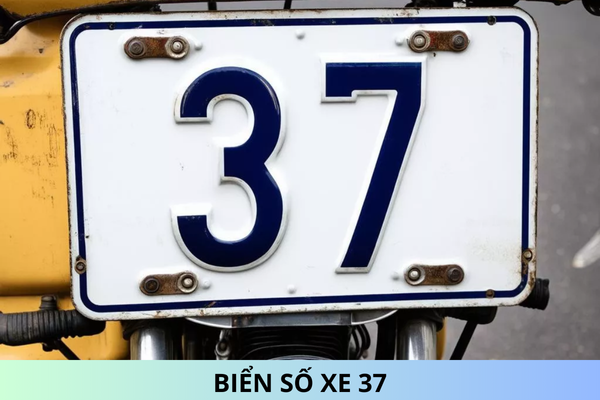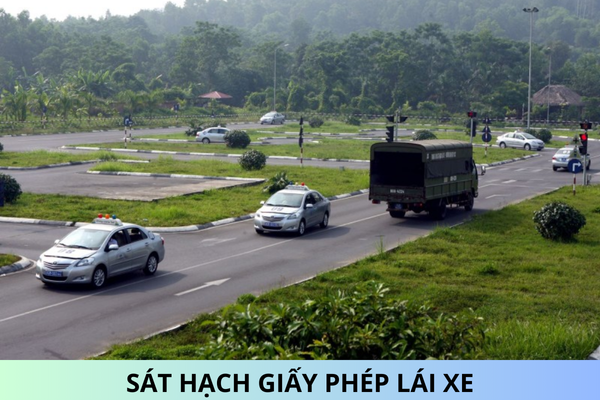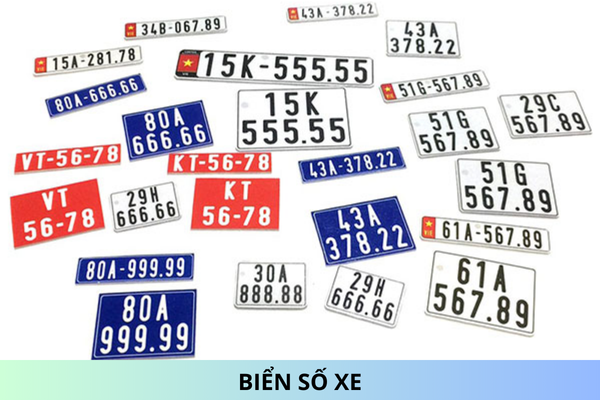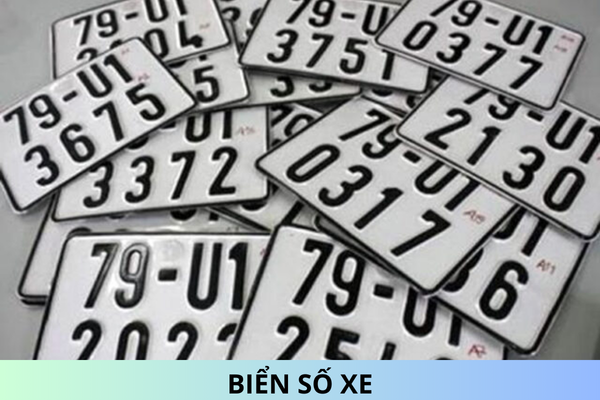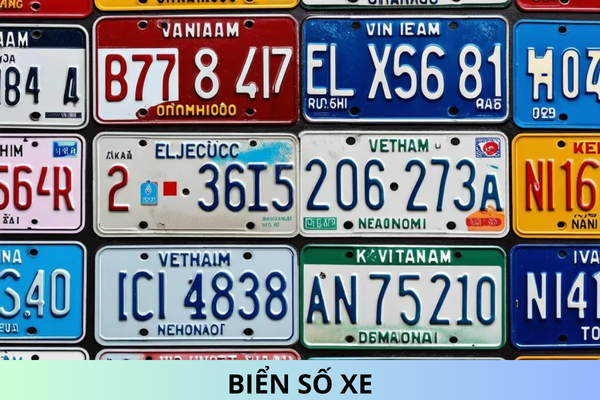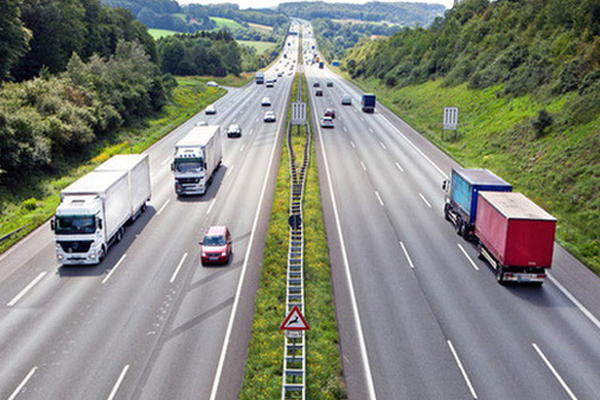What are regulations on convex mirrors, traffic separators, and traffic barriers in road traffic in Vietnam?
What are regulations on convex mirrors, traffic separators, and traffic barriers in road traffic in Vietnam? Thank you!
What are regulations on convex mirrors in road traffic in Vietnam?
- Convex mirrors improve visibility for road users at locations with small radius curves and obstructed vision. Through a convex mirror, drivers can observe oncoming vehicles from a distance to adjust their speed accordingly.
- Convex mirror placement
+ Convex mirrors used at locations with small radius curves and obstructed vision are primarily placed at mountain curves with limited visibility.
+ The position of the convex mirror is placed close to the shoulder of the road on the back side, on the bisector of the corner of the curve, and the bottom edge of the mirror is 1.2 m higher than the road shoulder height.
What are regulations on convex mirrors, traffic separators, and traffic barriers in road traffic in Vietnam? - Image from Internet
What are regulations on traffic separators in road traffic in Vietnam?
- A separator is a part of the road that vehicles do not run on and is used to separate two lanes of traffic, or to separate the lanes for motor vehicles and non-motorized vehicles, or for different types of vehicles on the same lane of traffic.
- When the separator is placed in the middle of the road and is used to separate the two lanes of traffic, it is called a median separator; when the separator is used to separate the main lane and the side lane, or to separate the lane for motor vehicles and non-motorized vehicles, or for different types of vehicles on the same lane of traffic, it is called a side separator.
There are 2 types of separators which are fixed separators and mobile separators
+ Fixed separators are separators that have a fixed position on the driving surface. Fixed separators include the following basic types:
a) A separator in the form of a curb with soil planted inside (for wide separators), which can be combined with semi-rigid or soft barriers;
b) A separator that is a strip of land sandwiched between the driving lanes, in a sunken form or taking advantage of natural terrain conditions, which can be combined with semi-rigid or soft barriers;
c) A separator that uses a fixed rigid barrier built on the road surface with a height of 0.3 m to 0.8 m, a maximum of 1.27 m if there is a need to block light, the width varies according to the width of the road to be designed and is attached with retroreflectors or painted reflective according to the provisions on the arrangement of retroreflectors and vertical road markings specified in this Standard.
+ Mobile separators are separator s that can move along the width of the road surface and are created by concrete columns (blocks), plastic composites with sand or water inside, from 0.3 m to 0.8 m high, arranged next to each other or with 40-50 mm steel pipes passing through to form a fence system on the road surface.
- Conditions for placing fixed and mobile separator s:
+ Fixed separators should be used when the road has 4 or more lanes to separate the lanes in two directions.
+ Mobile separators should be used in places where the road surface only has 2 or 3 lanes, and temporarily needs to be divided into two lanes or two lanes separately.
What are regulations on traffic barriers in road traffic in Vietnam?
There are three types of traffic barriers, namely rigid barriers, semi-rigid barriers, and soft barriers.
+ Rigid barriers are made of reinforced concrete or similar structures to minimize or prevent vehicles from penetrating the opposite lane of traffic, which is dangerous. This type is applied on roads with high speeds, narrow fixed separators, and roads with many trucks and buses.
+ Semi-rigid barriers are made of corrugated steel sheets, one or two rows, or three rows, installed parallel to the road surface by columns attached to the road; the top edge of the corrugated steel sheet must be higher than the top of the column.
+ Soft barriers are made of hanging cables that are pre-tensioned on systems of head posts attached to the road.
Legal basis: National Technical Regulation QCVN 41:2019/BGTVT
Best regards!

